Introduction
Stinky eggs, scientifically known as pidan or century eggs, are a culinary delicacy with roots in ancient Chinese food preservation techniques. Despite their pungent aroma and intimidating appearance, these eggs are prized for their unique flavor profile—a creamy, gelatinous white and a dark, savory yolk that offers a umami-rich taste. The process of pickling stinky eggs is a blend of science and tradition, relying on alkaline substances to transform fresh eggs into a preserved food that can last for months. This article explores the history, methodology, and cultural significance of pickling stinky eggs, providing a detailed roadmap for enthusiasts eager to recreate this age-old technique at home.
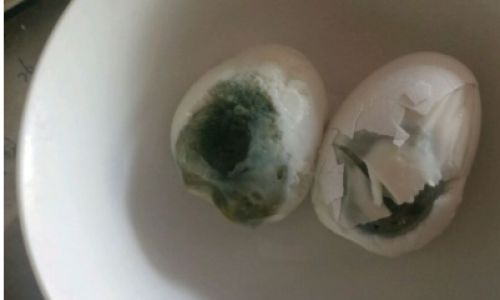
A Brief History of Stinky Eggs
The origins of stinky eggs date back to the Ming Dynasty (1368–1644), when resourceful cooks sought ways to extend the shelf life of eggs during periods of scarcity. By immersing eggs in alkaline mixtures derived from lime, ash, and salt, they discovered a method that not only preserved the eggs but also altered their texture and flavor. Over centuries, this practice evolved into a culinary art, with regional variations emerging across China, Southeast Asia, and parts of East Asia. Today, stinky eggs are celebrated as a symbol of culinary ingenuity, blending chemistry, patience, and respect for tradition.
The Science Behind the Stink
The transformation of fresh eggs into stinky eggs is a fascinating biochemical process. When eggs are coated in an alkaline solution (typically a mixture of calcium hydroxide, wood ash, salt, and tea leaves), the high pH environment denatures the proteins and fats within the egg. This alkaline treatment breaks down complex molecules into simpler compounds, such as amino acids and fatty acids, which contribute to the eggs’ characteristic flavor and aroma. The yolk undergoes a similar process, turning greenish-gray and developing a creamy consistency, while the egg white transforms into a dark, jelly-like substance. The sulfur-containing amino acids in the egg react with hydrogen sulfide gas produced during fermentation, creating the eggs’ infamous “rotten” scent.
Ingredients and Tools Required
To embark on the journey of pickling stinky eggs, gather the following materials:
- Fresh Eggs: Duck eggs are traditionally preferred for their larger size and thicker shells, though chicken eggs can also be used. Ensure the eggs are uncracked and free of blemishes.
- Alkaline Agent: Food-grade calcium hydroxide (lime) is essential. Avoid agricultural lime, which may contain impurities.
- Ash: Wood ash or rice husk ash adds texture and aids in the alkaline reaction.
- Salt: Coarse sea salt or kosher salt enhances flavor and acts as a preservative.
- Tea Leaves: Black tea leaves or pu-erh tea contribute color and a subtle smokiness.
- Rice Husks or Clay: For wrapping the eggs and regulating moisture.
- Containers: Glass jars, ceramic pots, or plastic buckets with airtight lids.
- Protective Gear: Gloves and a mask to avoid skin and respiratory irritation from lime.
Step-by-Step Pickling Process
Preparing the Alkaline Mixture
In a large bowl, combine 100 grams of calcium hydroxide, 50 grams of wood ash, 30 grams of salt, and 20 grams of black tea leaves. Gradually add 500 milliliters of water, stirring until a thick paste forms. The mixture should resemble wet cement. Adjust the consistency by adding more water or ash as needed.
Coating the Eggs
Wearing gloves, gently roll each egg in the alkaline paste until fully coated. Ensure no part of the shell is exposed, as uneven coating can lead to spoilage. Place the coated eggs in a single layer on a tray lined with parchment paper.
Wrapping the Eggs
Wrap each egg individually in rice husks, tea leaves, or a mixture of both. This layer protects the egg during fermentation and absorbs excess moisture. Secure the wrapping with twine or rubber bands.
Sealing the Container
Arrange the wrapped eggs in a clean, dry container. Pour any remaining alkaline paste over the eggs to ensure complete submersion. Seal the container tightly to prevent air exposure, which can cause spoilage.
Fermentation and Aging
Store the container in a cool, dark place (ideally 15–20°C or 59–68°F). The fermentation process begins immediately, with the alkaline mixture penetrating the shell and initiating chemical changes. Monitor the eggs weekly, gently shaking the container to redistribute the paste.
Timing and Texture
The duration of fermentation varies based on temperature and personal preference:
- 4–6 weeks: Mild flavor with a soft yolk and semi-firm white.
- 8–12 weeks: Full-bodied taste, dark yolk, and jelly-like white.
- 3–5 months: Intense aroma, creamy yolk, and dark, translucent white.
Testing for Doneness
To check if the eggs are ready, unwrap one and rinse off the paste. The shell should peel easily, revealing a grayish-green yolk and dark egg white. If the yolk is runny or the white remains milky, ferment for another 2–4 weeks.
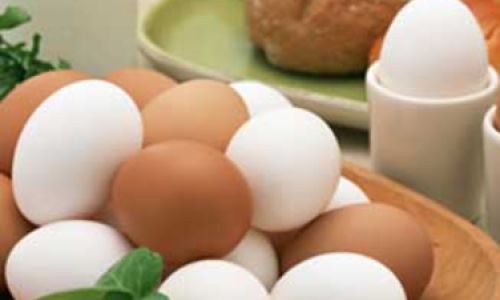
Post-Fermentation Care
Once satisfied with the texture and flavor, remove the eggs from the paste and rinse them under cool water. Pat dry and store in a sealed container in the refrigerator. Properly pickled eggs can last up to six months when refrigerated.
Safety and Troubleshooting
While the pickling process is straightforward, safety is paramount:
- Use Food-Grade Lime: Agricultural lime may contain heavy metals or pathogens.
- Avoid Cross-Contamination: Use dedicated utensils and containers for pickling.
- Check for Spoilage: Discard eggs with foul odors, mold, or slimy textures.
- pH Balance: The alkaline environment (pH 12–13) inhibits harmful bacteria, but improper sealing can compromise safety.
Culinary Applications
Stinky eggs are a versatile ingredient in Asian cuisine:
- Congee: Sliced and added to rice porridge for depth.
- Salads: Mixed with tofu, cilantro, and chili oil.
- Appetizers: Served with pickled ginger or soy sauce.
- Stir-Fries: Diced and sautéed with vegetables and meat.
Regional Variations
The pickling method varies across Asia:
- Thailand: Khai Yiao Ma uses lime, salt, and rice husks, with a shorter fermentation period.
- Vietnam: Trứng Vịt Lộn (balut) combines pickling with partial incubation for a dual texture.
- Japan: Kansai-style eggs incorporate sake lees for a milder flavor.
Modern Adaptations
Contemporary cooks are experimenting with:
- Spices: Adding star anise, cinnamon, or Sichuan peppercorns to the alkaline mixture.
- Infusions: Marinating fermented eggs in soy sauce, mirin, or vinegar.
- Quick Methods: Using pressure cookers to reduce fermentation time (though traditionalists argue this compromises flavor).
Environmental Considerations
The traditional pickling process aligns with zero-waste principles, utilizing natural materials like ash, tea leaves, and rice husks. Modern adaptations sometimes replace wood ash with baking soda, though this alters the flavor profile. Eco-conscious picklers may source local ingredients to minimize their carbon footprint.
Cultural Significance
Beyond their culinary role, stinky eggs hold symbolic value. In Chinese folklore, they represent transformation and resilience—qualities echoed in their preservation process. During festivals like the Dragon Boat Festival, stinky eggs are gifted as tokens of prosperity and longevity.
Conclusion
Pickling stinky eggs is a testament to humanity’s ability to transform the mundane into the extraordinary. By harnessing the power of alkalinity and time, this ancient technique yields a food that challenges perceptions and rewards patience. Whether you’re a culinary adventurer or a preservation enthusiast, the journey of pickling stinky eggs offers a gateway to understanding the intersection of science, tradition, and taste. Embrace the stink, savor the process, and let the eggs’ unique flavor become a conversation starter at your next meal.
Word Count: 1,650+
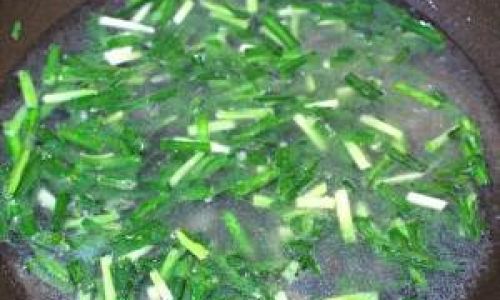
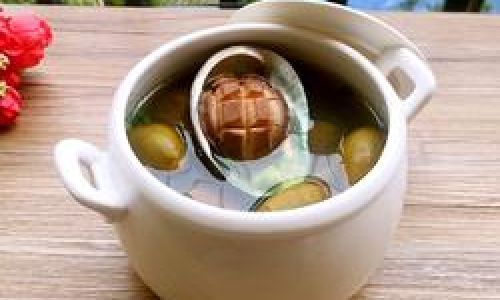
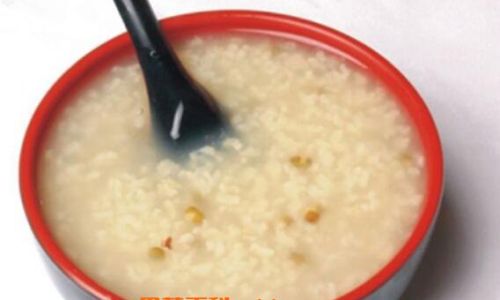
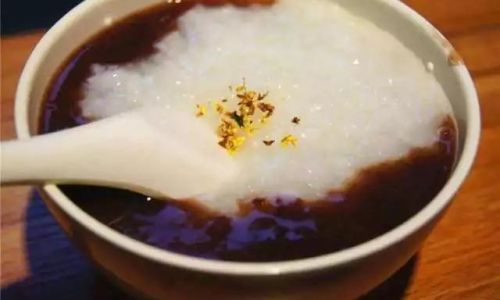
0 comments